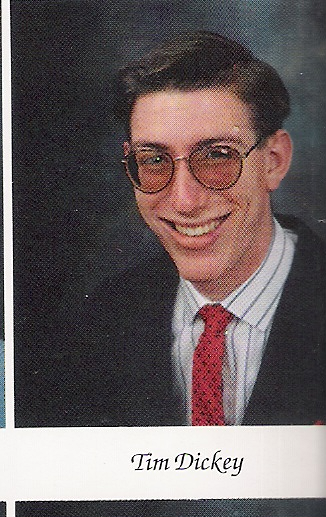Using deliberate discomfort to make teams is what makes the U.S. military. Since I served in the U.S. Navy, I can only speak for my service branch.
The more elite or special a unit is, the more difficult the process becomes for a trainee to join the unit. Most people think physical exertion is a hurdle to get over.
In my opinion, the mental challenges are far tougher than the physical barriers.
To join the submarine force, I need to have a psychological evaluation for mental fitness. Again, I was evaluated for mental soundness to support special operations units in combat.
Yes, there were physical components involved in the qualification and selection process for both areas. For me, those were not the same as a special operator who would go through Basic Underwater Demolition School (BUDS).
The “shared suffering” involved in my inductions into these communities left me wanting more. Not in a sick, twisted way, but wanting for closeness that comes with the processes.
My deliberate discomfort
After initial training at the Basic Enlisted Submarine School (BESS), I was assigned to the USS ARCHERFISH (SSN 678). Fun fact, I was filmed as part of the documentary, Submarines – Sharks of Steel.

My toughest test was on the ARCHERFISH. It involved two years of qualification and training.
Qualifying is a “make or break” choice. You either thrive or dive. You can’t tread water.
I chose to thrive. I completed the process in a year; by putting the time in, studying for hours in my off-duty time.
I finished the work at sea. Oh, the stories I could tell! As the saying goes, “What happens in Vegas, stays in Vegas.”
Submarines are a crucible that test adaptability and I passed. I learned to perform under pressure.
Deliberate discomfort as a non-useful body (nub) turned to shared suffering as a qualified submarine Sailor. Diving and driving submarines are not for the faint-hearted!
Bringing discomfort to business
I’m working on how to simulate the identity forging process for business.
This post frames my experience. More will follow!








